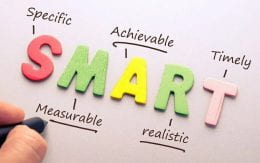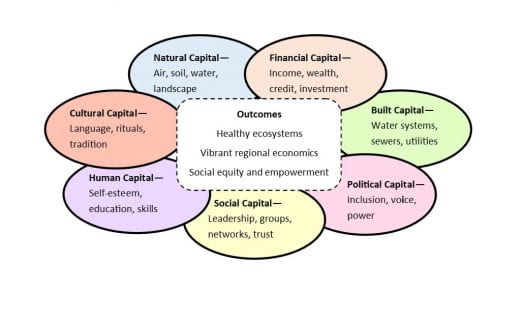Community Capitals Framework; Measuring Success Now And In The Future Using Social Capital
By Kylee Harrison
What makes a community a desirable place to live? You could ask 100 different people this question and get 100 different responses. Things like resources, location, size or jobs might float to the top of the list. However, people often forget the one aspect that links all those responses together which is social connection. People want to feel connected and included.
Social capital is just one of the seven different ways that we can measure strengths of our communities and possibly, see where gaps may exist. This measuring mechanism is referred to as community capitals. Communities that make plans using these seven capitals will be able to see how they intertwine with each other and develop a comprehensive plan moving forward.
Social capital can be one of your community’s greatest resources. Have you ever heard the phrase, “it’s not what you know, it’s who you know.” Well in this instance, that might be partly right. “Who you know” can become your network. A well-functioning network in a community may be a resource for shared knowledge and ideas. This makes almost all community efforts more effective. When social capital is at its best, common goals and decisions are made and easier to follow because of the shared consensus. In addition to networking, social capital also has other elements which makes it the cornerstone to your community. Additional components include a sense of belonging, high morale, trust and reciprocity of favors.
Building of social capital can be done in a few different ways. This can be done through closed social capital which is achieved when groups communicate and work on projects together. Bridging social capital among communities is another way of boosting your overall social capital. In rural communities, the pooling of resources is necessary to accomplish big goals.
Social capital amongst a community is dependent upon the quality of relationships that are formed within individuals and groups. The process takes time, but the end result of making your community a desirable place to live is worth it.




